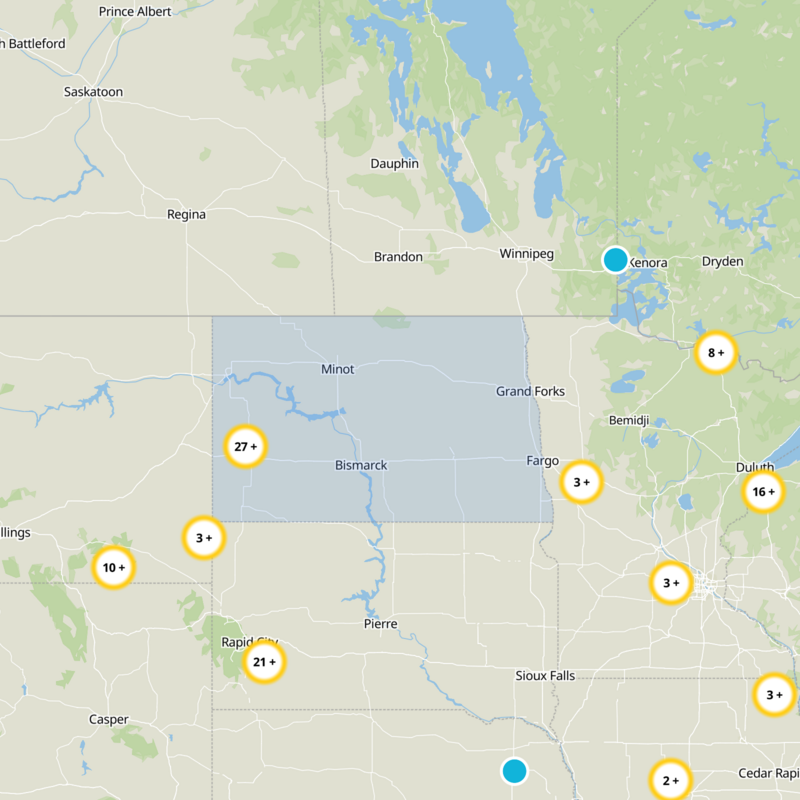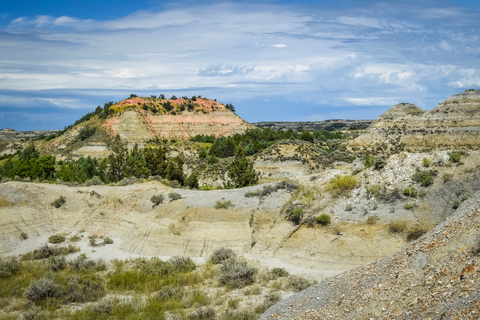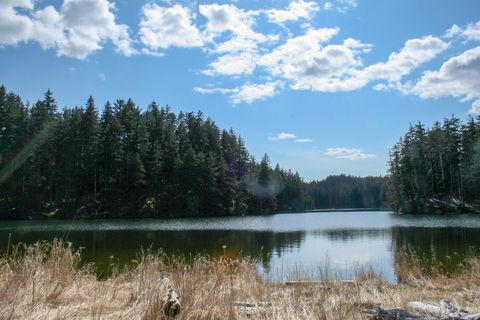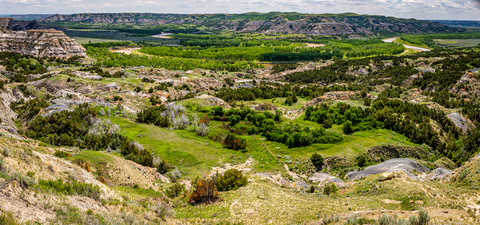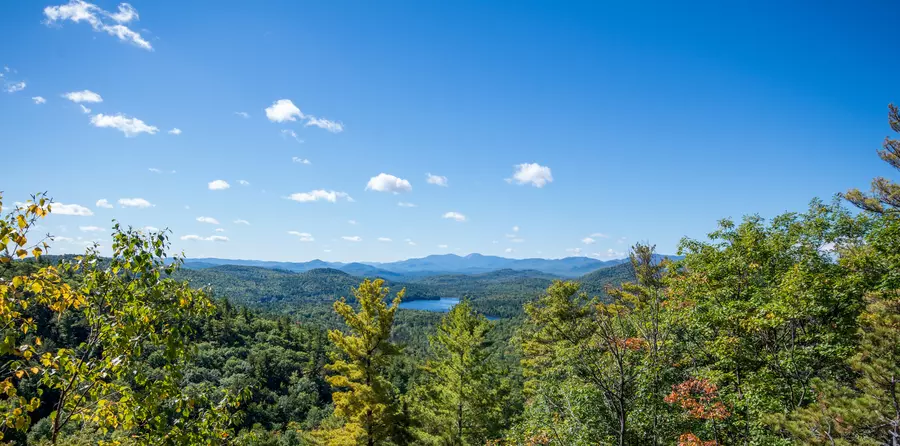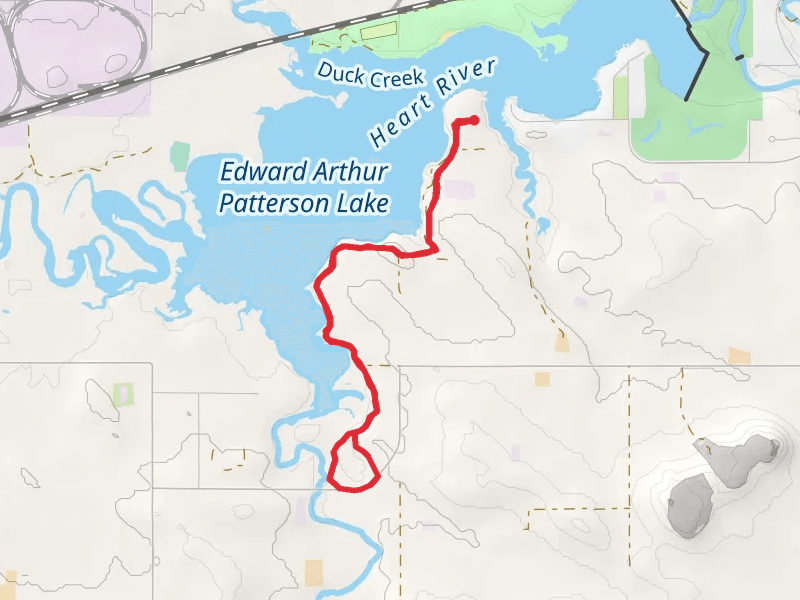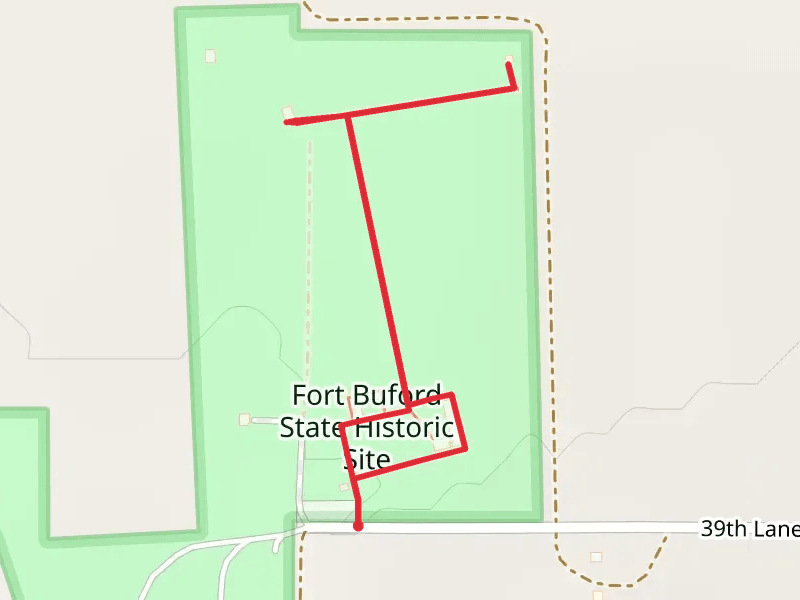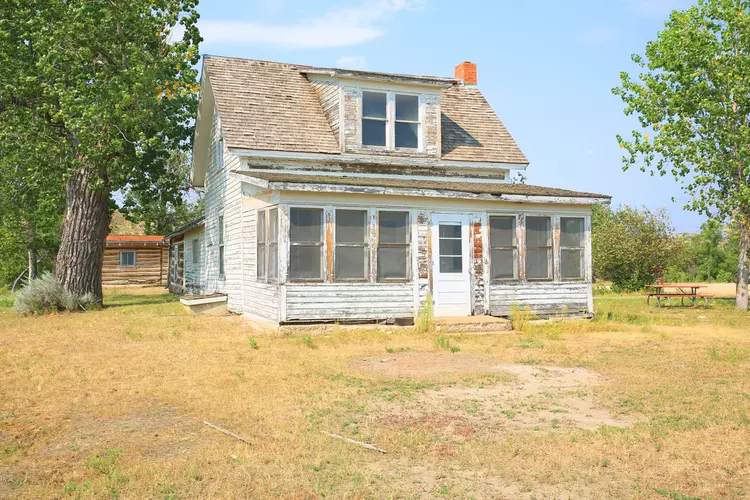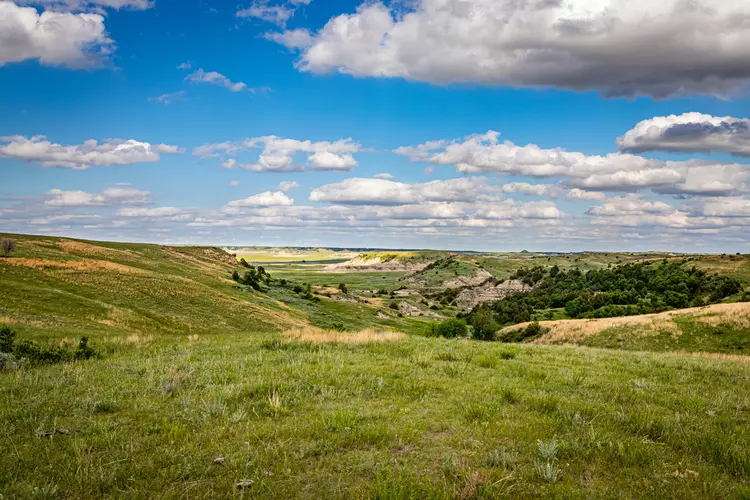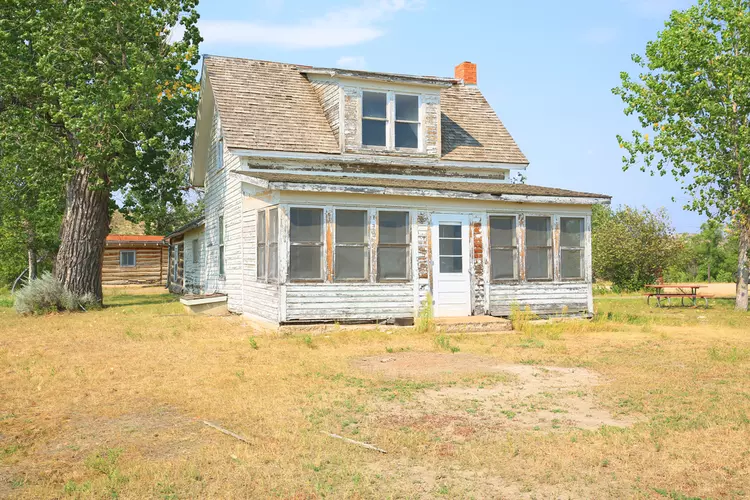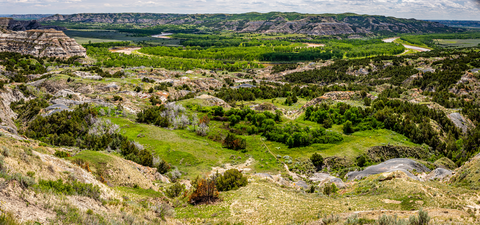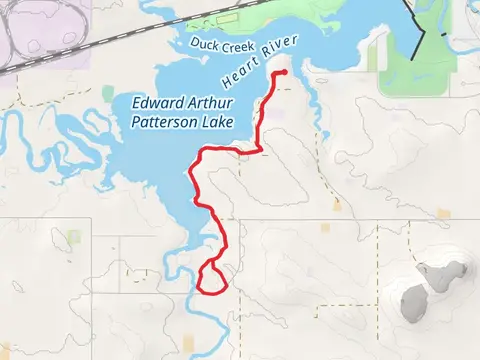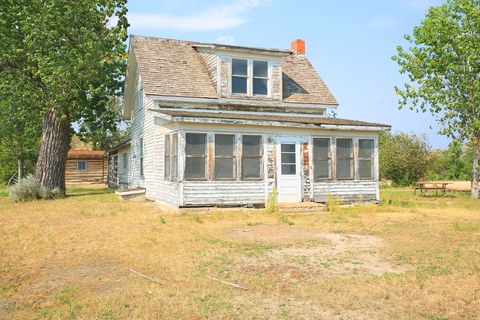"Explore North Dakota's trails for breathtaking vistas, diverse wildlife, adventure, and tranquil natural beauty."
Embark on a journey through North Dakota's breathtaking landscapes, where the rugged beauty of the Badlands meets the serene prairies. Discover the Maah Daah Hey Trail, a hidden gem weaving through Theodore Roosevelt National Park, offering stunning vistas and diverse wildlife. Wander the serene paths of Turtle Mountain State Forest, where lush woodlands and tranquil lakes await. North Dakota's trails promise adventure and tranquility, inviting hikers to explore its natural wonders and embrace the spirit of the wild.
Most popular hikes
FAQs about hiking in North Dakota






